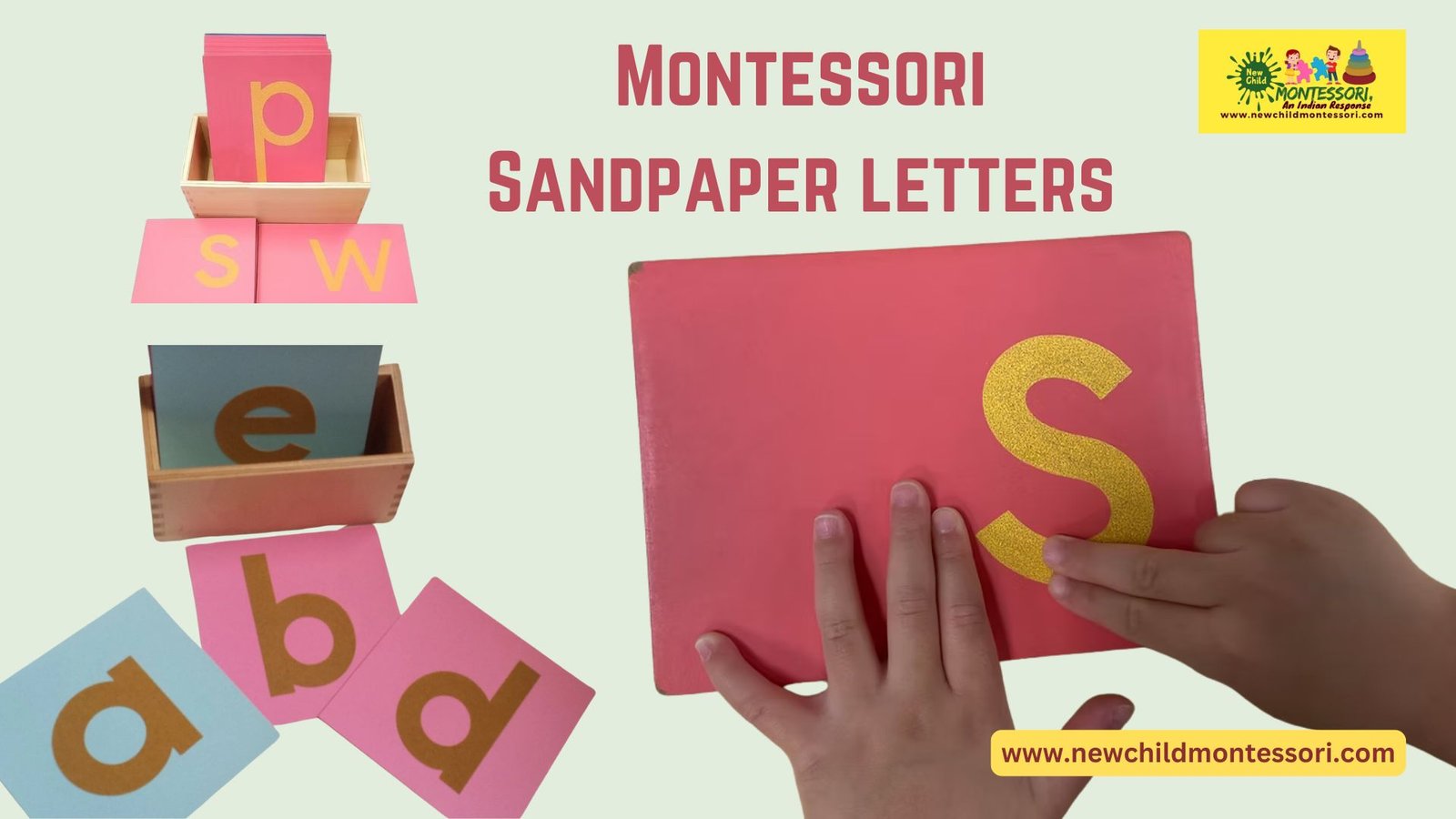Before 1914, rigid and mechanical methods of teaching writing were much in vogue. As a result, students had to endure a strenuous process to learn the basics of writing.
But things changed as in 1914, Dr.Maria Montessori, a visionary educator, secured a U.S. patent for a seemingly simple yet groundbreaking educational device known as sandpaper letters.
Her approach was sensory-based, and it transformed early literacy. But the question is –how did this innovation come into existence and why is it remain relevant today? Let’s dive deeper:
Challenges of Early Writing Instructions:
Before Maria Montessori’s sandpaper letters were introduced, children had to follow a rigid and strenuous process to learn writing. They needed to write by first practicing straight lines and then moving on to capital letters.
It was a laborious and uninspiring process. As a result, children considered writing an obligatory task rather than an exciting form of self-expression. Dr.Maria Montessori came up with a solution. She leveraged the power of a child’s instinct and sensory experiences to her the process of writing.

How Sandpaper Letters Came Into Existence:
Dr.Montessori’s solution was simple yet innovative. She cut the letters of the alphabet from sandpaper and glued them to smooth boards. These letters were tactile which engaged children in three different ways:
Sensory Touch – When children started tracing each letter with their fingers, they began building muscle memory, making the process of writing feel natural.
Sight – As the letters were in the large, flowing script, it allowed children to recognize them in their most organic form
Hearing –.While tracing the letters, children began speaking the corresponding sounds. As a result, it reinforced phonetic learning.
In this way, this multisensory approach freed children from forced exercise. In addition, it made writing a voluntary and joyful process.
Montessori’s Vision and Legacy:
Dr.Montessori’s innovative technique started to manifest immediate results. For example, four-year-olds could write full sentences with remarkable ease following her technique in only a couple of months.
This was something unheard of in the then classrooms. Most importantly, children were not just memorizing letters but they were internalizing the whole process through their curiosity and engagement.
Even today, almost a century later, Dr. Montessori’s patent is equally influencing early childhood education.
Sandpaper letters are valuable resources in Montessori classrooms. Moreover, it shows that the best educational methods support a child’s natural development.
Fusing Past Into Present:
Modern educators and parents draw valuable lessons from Montessori’s patent. By engaging a child’s senses hands-on tools like sandpaper letters help develop literacy.
If you see children trace letters with their fingers, remember Dr.Montessor’s vision –learning as a natural and joyful experience.

Sumanta De is an educator. He has been teaching students for more than 16 years following the principles of Dr.Maria Montessori. He has a 7-year-old son and a 5-year-old daughter.
He is nurturing his children abiding by the principles of Dr.Maria Montessori. His passion for Montessori methods goes beyond the classroom.
Hence, he shares his experiences and insights through a dedicated Montessori blog and a YouTube channel under the name “NewChild Montessori”. He aims to offer valuable guidance to both parents and educators.
Education: M.A. English, Masters in Child Psychology & Bachelor’s Degree in Montessori Teachers Training
Nice post. I was checking continuously this blog and I’m impressed! Extremely useful info particularly the last part 🙂 I care for such information a lot. I was seeking this particular info for a long time. Thank you and best of luck.